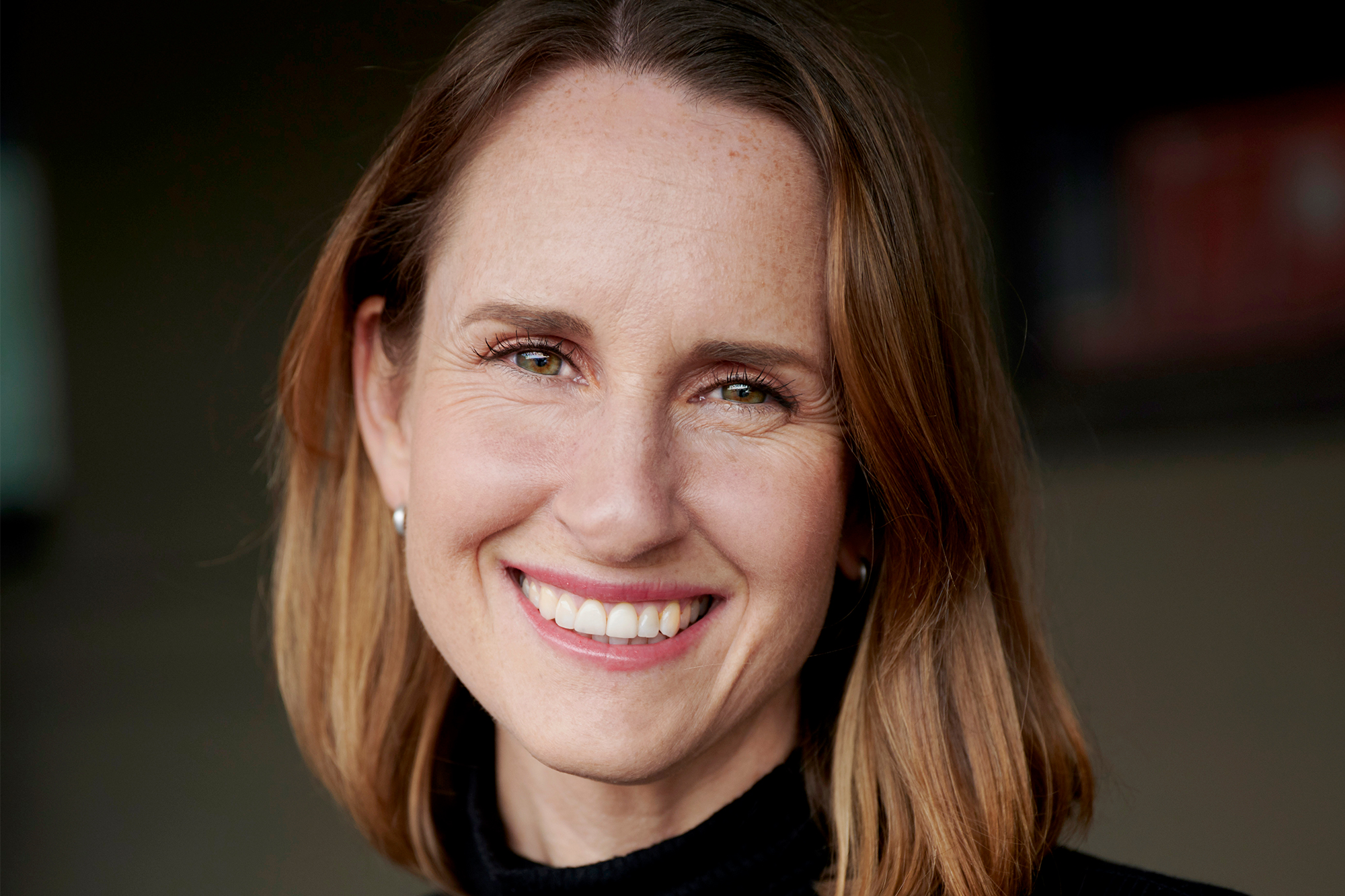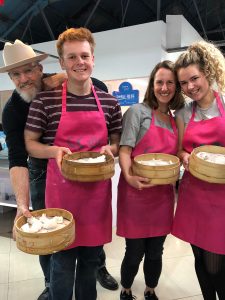
“I enjoy learning about how infectious diseases have shaped human history because I find it inspiring to frame my current work in a broad historical context,” says Amy Davis, PhD’03.
A Senior Director, Biochemistry Research & Innovation at Utah-based BioFire Diagnostics, LLC, Davis says she was “fortunate to be born into a world with antibiotics and large-scale vaccine production,” while reminding us that “these tools in humanity’s struggle against microbial pathogens have only been around for the last 70-80 years.”
With her work at BioFire whose systems have become the new standard for syndromic infectious disease diagnostics, what she calls her “obsession” with the history of medical science could not have converged at a more timely, and daunting, time. The coronavirus pandemic in the United States is currently emerging in a scorching third wave, and there is a herculean effort underway to bring a vaccine to market. This, of course, will require accelerated and accurate diagnostics, something BioFire’s co-founder Randy Rasmussen, also a PhD alumnus (’98) from the School of Biological Sciences, recently reiterated during a virtual COVID Salon sponsored by SBS in May of this year.
Davis, who earned her BS in biology with honors from Penn State, followed by a year as a Fulbright Scholar, recalls what first drew her to graduate school at the SBS. It was the “fabulous faculty, collaborative culture,” and, of course, the spectacular mountain setting. “My graduate education at the University of Utah taught me how to think critically, work diligently, shake off setbacks, and thrive on the pursuit of understanding,” she says. “I loved everything from the journal clubs to late nights in a quiet lab dissecting tetrads to ‘TA-ing’ for Joe Dickinson’s Genetics course to planning the next experiment.”
She remembers that seeing the mitochondrial net phenotype for the first time in a yeast mutant she had isolated in a genetic screen was “pretty exciting!” She also remembers fondly Professor Janet Shaw. While studying the molecular mechanisms of mitochondrial dynamics in Shaw’s lab, Davis was taught by her “amazing mentor and friend…how to ask the right questions, how to write, how to present, and how to balance.”
That training, experience and mentoring have served Davis well. Following her graduation from SBS, she did a post-doc on the other side of the Rockies–at the University of Colorado, Boulder. There she was at the bench researching the biology of the yeast telomerase RNA, an essential core component of the telomerase ribonucleoprotein (RNP) enzyme that synthesizes telomeric sequences onto chromosome ends.
The call of the Wasatch Front, however, as well as that of the U’s Brain Institute, propelled Davis in 2007 back to Salt Lake City where she was manager and then associate director at the Institute for a total of six years. Following that she moved to the U’s Medical School for a two-year stint to help establish a research program development office.
A career in what’s been called “The Century of Biology,” especially as it relates to health, can take one on a circuitous route. Davis’s has been no exception. After spending 20 years in academic environments, Davis made the leap to work in industry. At BioFire she learned to work with dozens of complementary teams to translate research ideas into robust clinical diagnostic tools. To broaden her experience in the biotech space, Davis accepted a role at the start up IDbyDNA as VP of Operations. The company, also located in the U’s Research Park with BioFire, works in metagenomics technology to simultaneously profile tens of thousands of microorganisms and pathogens in any sample.
Emblematic of the extraordinary synergy Research Park was designed for, companies like BioFire and the newer IDbyDNA create opportunities for not only advancing medical technology but the careers of many University of Utah alumni. Davis later returned to BioFire as a Senior Director in research and development, where she is enjoying applying the perspective gained from operations roles to early-stage innovation projects.
To date, no other company has FDA-cleared and CE-IVD (European Union-cleared) marked assays for more pathogens than BioFire. Again, the timing of the company’s ascendancy has proven auspicious.

“As we are learning from COVID,” says Davis, “emerging pathogens (and emerging antimicrobial resistance of old pathogens) can challenge societies in significant ways. …The more we learn about the patterns of infectious diseases and human efforts to understand and combat their microscopic agents, the better we can prepare for present and future threats.”
While COVID has focused global attention on the threat of emerging viral respiratory pathogens, she says she hopes that this “reality check bolsters efforts to combat emerging antimicrobial resistance in pathogens that have been with us for centuries.”
Meanwhile, Davis continually returns to her passion for the history of medicine. She finds that her reading deeply informs her intense career at BioFire, providing perspective, inspiration and context for their work. And what exactly is on her bedside reading stand? The Mosquito by Timothy C. Winegard; the portentous sounding Superbugs: The Race to Stop an Epidemic by Matt McCarthy; and Microbe Hunters by Paul de Kruif.
From these historical tomes she is happy to base her advice to new graduates of the School of Biological Sciences, particularly telling during this pandemic time: “Take the long view and train for a career that will fulfill you ten, twenty, thirty, forty years from now.”
Originally appeared in OUR DNA, SBS’s magazine, Fall 2020 issue.
